Mr. Pham Thai Son, Admissions Director - Ho Chi Minh City University of Industry and Trade, said that in 2025, the admission rate based on high school graduation scores will account for 50% - 60% of the total enrollment target, equivalent to 2024. Admission based on grade 10, 11 and semester 1 of grade 12 will be reduced to 15% - 20% of the total enrollment target. In addition, the school will conduct direct admission, consider the capacity assessment score of Ho Chi Minh City National University, and consider the specialized capacity assessment score of Ho Chi Minh City University of Education.
Regarding the subjects in the admission combination, Math is required for all majors (except for the majors of Economic Law, English Language and Chinese Language, whose main admission subject is Literature).
The remaining two subjects in the admission combination, the school is carefully studying the 10th, 11th and 12th grade programs to choose. In addition, the school also plans to include Informatics in the admission blocks for Information Technology, Information Security, and Data Science .

Regarding the admission combinations, the school has decided that a major will have a maximum of 4 admission combinations. Specifically, the information technology major will have the combinations of blocks A00, A01, D01 and the Math - English - IT blocks. For English, the school will consider direct admission of IELTS, TOIEC, TOEFL, Aptis, B1, LanguagSkill certificates.....
Considering too many transcripts leads to candidates scoring 29-30 points still failing their first choice. In the newspaper, there is a reference at the recent seminar on Solutions to improve the quality of doctoral training, law training and enrollment in Hanoi. A representative of the National Assembly's Committee on Culture and Education acknowledged that enrollment is currently carried out in three forms: selection, entrance exam, and a combination of selection and entrance exam, and is decided by the autonomous university. In particular, the admission method based on academic records and high school graduation exam scores is still the main admission method of many schools. However, the fact that there are too many admission methods (more than 20 methods are currently being applied) but there is no reasonable scientific basis for allocating quotas between admission methods makes it difficult and confusing for candidates. Due to the lack of a clear basis for determining quotas between admission methods at many higher education institutions, many schools have allocated many quotas for early admission and few quotas for considering high school graduation exam scores; using early admission methods through considering academic records, considering ability assessment scores, considering thinking assessment scores... when students have not completed the general education program (no high school graduation exam results yet). This situation leads to the consequence that some schools have very high admission scores based on the graduation exam score method, and there are some majors/schools where candidates with 29-30 points still fail their first choice. This also does not ensure objectivity and fairness for candidates, depriving candidates of the opportunity to enter good universities, especially students in remote areas who do not have the conditions to participate in separate exams and between training institutions; it is impossible to predict the number of virtual candidates. In addition, there is also unhealthy competition in the admission process between universities and educational institutions that select the best quality candidates. On the other hand, the fact that many universities organize early admissions and announce eligible candidates early also creates unhealthy competition among institutions; in particular, the recent use of only students' academic records for early admissions has caused public concern and anxiety about the actual quality of registered candidates. In addition, some educational institutions are racing to attract candidates by autonomously opening new majors in a multidisciplinary, interdisciplinary, and transdisciplinary approach (such as economic schools opening majors in technology and engineering; some technical schools opening additional majors in social sciences and humanities...) but have not yet collected and fully assessed practical needs as well as have not invested in and maintained requirements to ensure training quality, so they encounter difficulties in enrollment and even have to close majors. Some higher education institutions have not fully disclosed information in their enrollment plans related to conditions to ensure training quality and employment of students after graduation, which also has a negative impact on enrollment. |
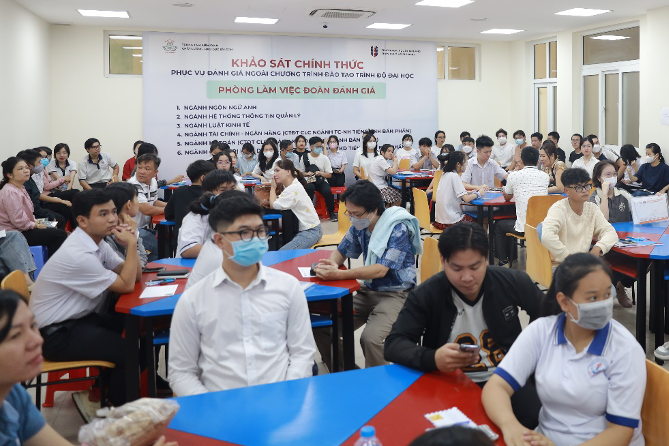
10 major universities organize their own entrance exams for 2025 enrollment

Ho Chi Minh City University of Technology informs about enrollment plan 2025
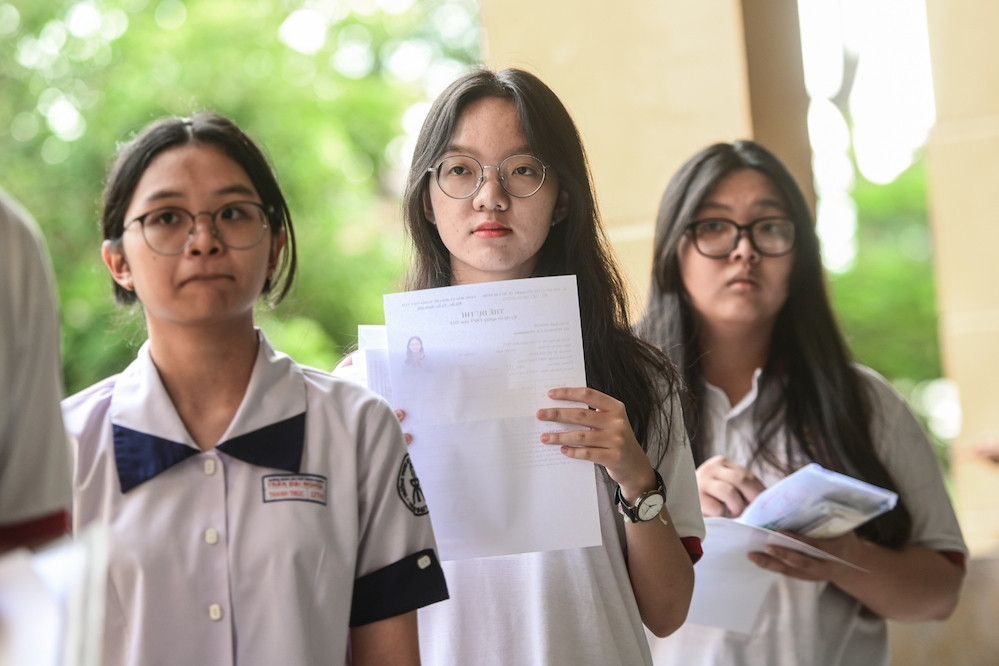
Many Southern universities announce enrollment plans for 2025
Source: https://vietnamnet.vn/mot-dai-hoc-cong-bo-xet-tuyen-bat-buoc-co-mon-toan-giam-chi-tieu-xet-hoc-ba-2328364.html


![[Photo] General Secretary To Lam visits exhibition of achievements in private economic development](https://vphoto.vietnam.vn/thumb/1200x675/vietnam/resource/IMAGE/2025/5/18/1809dc545f214a86911fe2d2d0fde2e8)


![[Photo] Ready for the top competitions of Vietnamese table tennis](https://vphoto.vietnam.vn/thumb/1200x675/vietnam/resource/IMAGE/2025/5/18/9c547c497c5a4ade8f98c8e7d44f5a41)


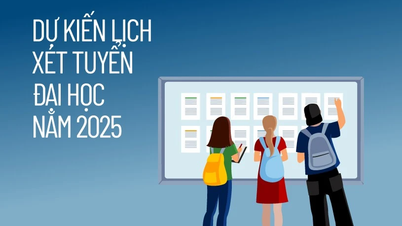

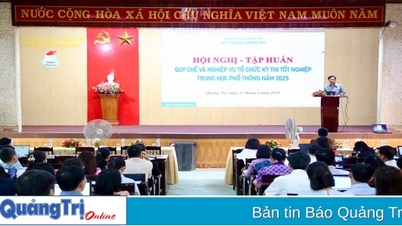





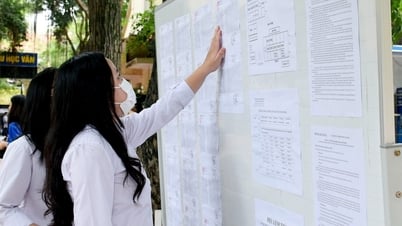
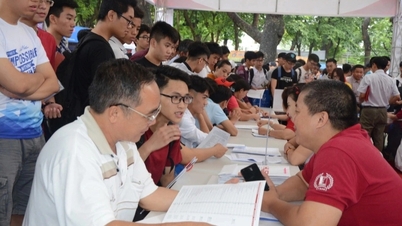


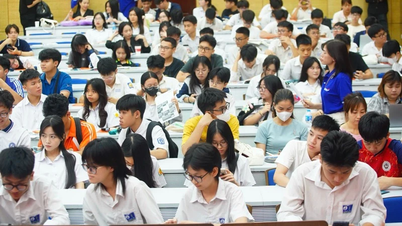
















![[Photo] National conference to disseminate and implement Resolution No. 66-NQ/TW and Resolution No. 68-NQ/TW of the Politburo](https://vphoto.vietnam.vn/thumb/1200x675/vietnam/resource/IMAGE/2025/5/18/adf666b9303a4213998b395b05234b6a)













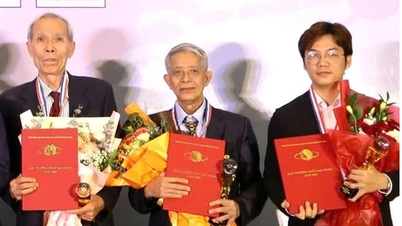









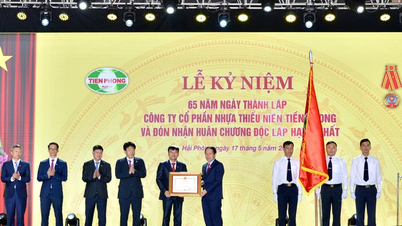


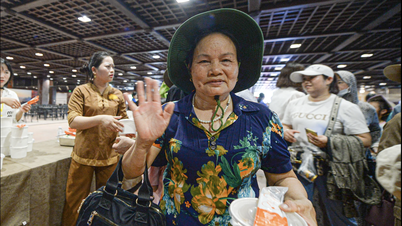







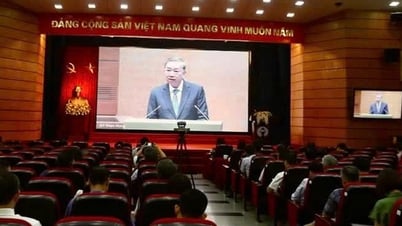



























Comment (0)